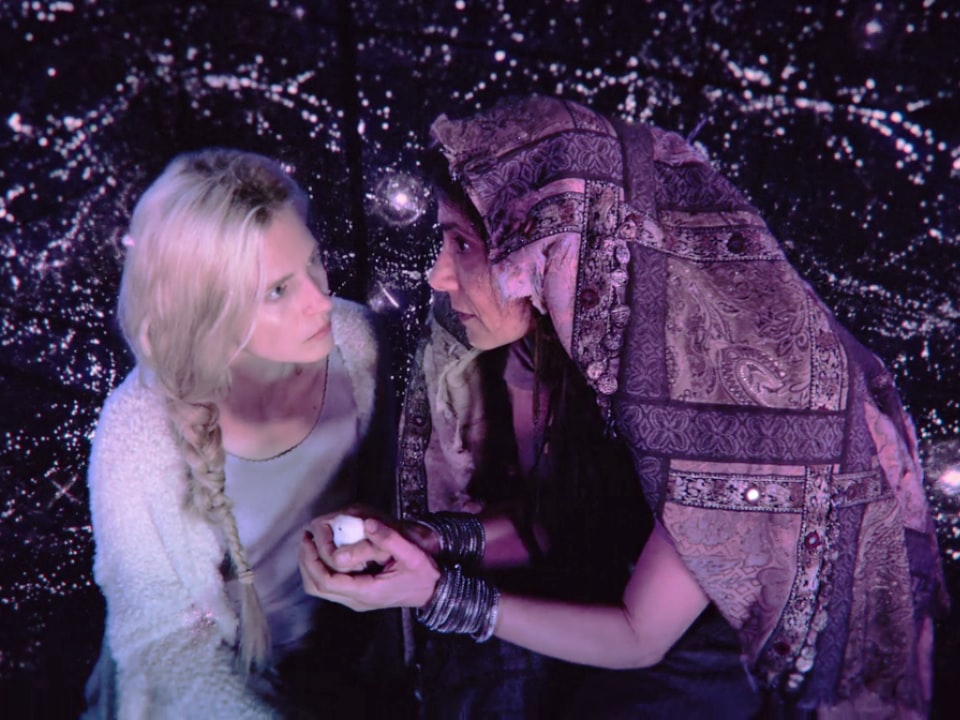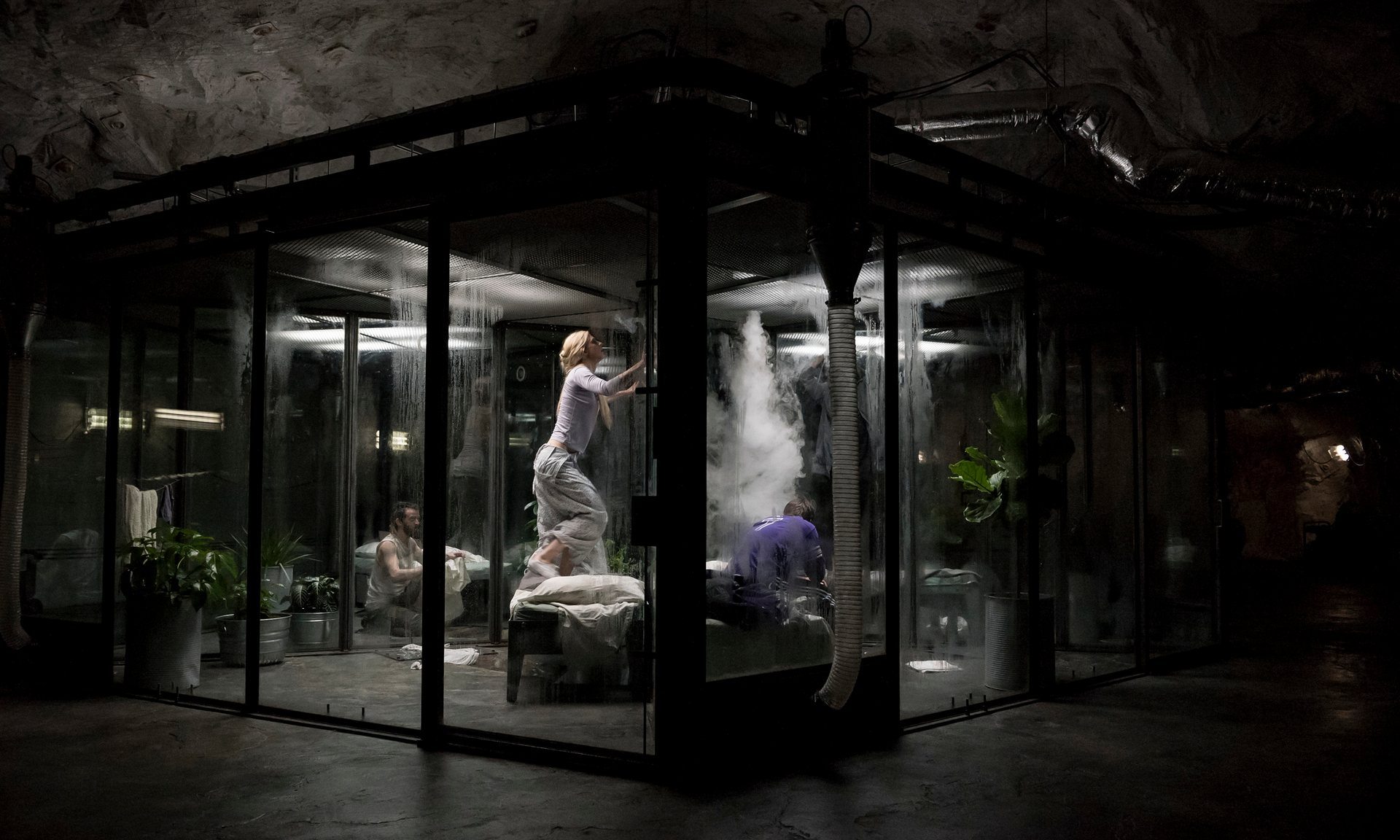”The OA” isn’t a complete failure in terms of payoff, but it struggles to create meaning where there is very little to begin with. Read in one way (and if you’re a literalist, you’d be on the winning side of that particular read), the story is a diffuse tale of discovering an afterlife (or other planes of existence) that mortal beings experience upon dying in this world. Go to any bookstore that’s left on the planet, and there’s no shortage of books about people dying and going a heaven — only to return to write a book about their experience. What makes ”The OA” different is it strips away Christian theology and offers the viewer an afterlife that’s a combination of quantum physics and the last book of Plato’s Republic.
At the center of this tale is Prairie Johnson (aka The OA) who, as a girl living in Russia (with the birth name of Nina), had a Near Death Experience after her school bus plunged off a bridge and into a river. She survived, but was blinded by the experience. Her father (a Russian oligarch) puts her into a school for blind children, but later dies — leaving Nina in the care of her aunt who runs Russian baby adoption scheme. Her aunt is a predictably cruel overseer who doesn’t like her all that much. An American couple offers to adopt Nina after seeing her care for some of the infants in the baby adoption farm. From there, she moves to the United State where she changes her name to Prairie. She goes missing for seven years — after being held captive with four other people by a scientist who studies death and an afterlife — but turns up running through rush hour traffic on a bridge and jumping off into the river below. She survives, and is returned to her adoptive parents, but is clearly struggling to fit back into the routine of daily life. While recovering at home, a few things become clear: Prairie has regained her vision, she trying to contact someone named Homer, and her parents keep her heavily medicated. After being somewhat aimless in her day to day, she eventually connects and convinces some neighborhood high school kids and a teacher from their school to gather every night where she tells them tales of her former life and as a captive for seven years. Why? Because she needs them to access those different planes of existence.
Brit Marling, who is no stranger to off-the-beaten-path projects, plays Prairie. Marling also co-wrote the series with her creative partner, Zal Batmanglij. It’s a project that took them a year and half to develop/map out because, as Marling told Entertainment Weekly, they wanted to design ”the labyrinth [of the story to make] sure there was something at its center that would feel worthwhile to arrive at.” In short, there’s supposed to be a there there at the end. It’s always a good sign when the creators of a show know where they want to take it — even if where they’re going isn’t always clear. So, if you’re confused by what ”The OA” is about, you’re not alone. It’s by design that the story, at first, is a hodgepodge scenes. Such narrative techniques can make stories like ”The OA” more intriguing simply because one wants to know where it’s all leading. ”LOST” was able to do this week after week, ”The X-Files” was pretty good at hooking viewers with the alien abduction and Smoking Man conspiracy arc, and even ”Stranger Things” did a good job with this story device, too. However, it seems Brit Marling and Zal Batmanglij are too wrapped up with self-importance with ”The OA.” It’s that desire to infuse almost every scene with weighty ideas that ultimately sinks the show. Add to that some laughable dialogue and a series of movements the characters do at one point (for extended periods of time), and it all becomes kind of ridiculous.However, while some of these forays into silliness can be forgiven in hopes of a satisfying payoff, that wasn’t the case with the final episode. There was some suggestion that the stories Prairie was telling the group were all made up in a deceptive way (which, to me, was kind of refreshing). But really it was the final scenes where the story seemed very forced. Yes, Marling and Batmanglij say they had worked out an ending that had a conclusion (and it does). However, given the journey viewers went on to get there, it was all a ho-hum affair in terms of the supernatural. What saved “The OA” from completely falling into Stupidville was looking at Prairie’s experience in terms of what an abduction survivor goes through to recover from such a horrible ordeal. That may be weak tea in terms of narrative satisfaction, but considering “The OA” is mostly about abduction and scientific torture, the story makes more sense when seen through that lens rather than the higher planes of existence Marling and company try to explore.







Comments